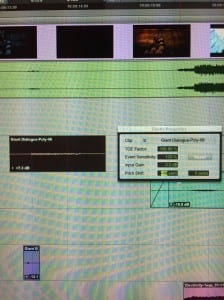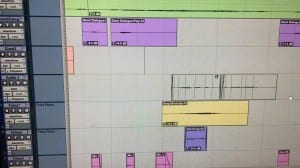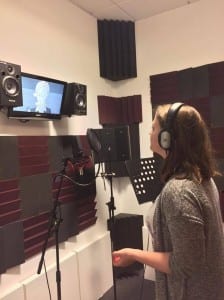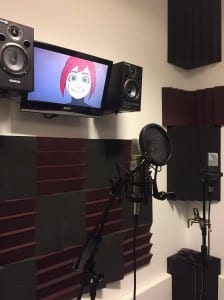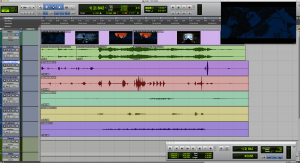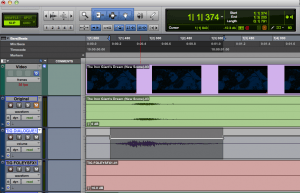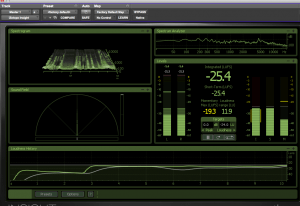There were different elements in my soundtrack that allowed me to go and investigate how to conduct certain areas of sound design. This research directly related to my learning outcomes 1 and 3. See below for examples of this.
These images show some pitch shifting and time warping I carried out to get the dialogue I wanted from the Iron Giant’s character in my redesign.
After researching how to conduct ADR, my research suggested the use of the Rode NT1-A as it is incredibly clean and quiet. These images show our ADR session with our voice actor Anna. In which we used the technique of looping and visual ADR, as there was no original audio to recreate.
The images above show the start of my mixing session. I bounced out tracks (E.g. Foley, music and dialogue) and then used automation when applying the final touches.
After researching the average level of a soundtrack that is suitable for mediums such as television, it came to my attention this level was roughly -24 LUFS.

